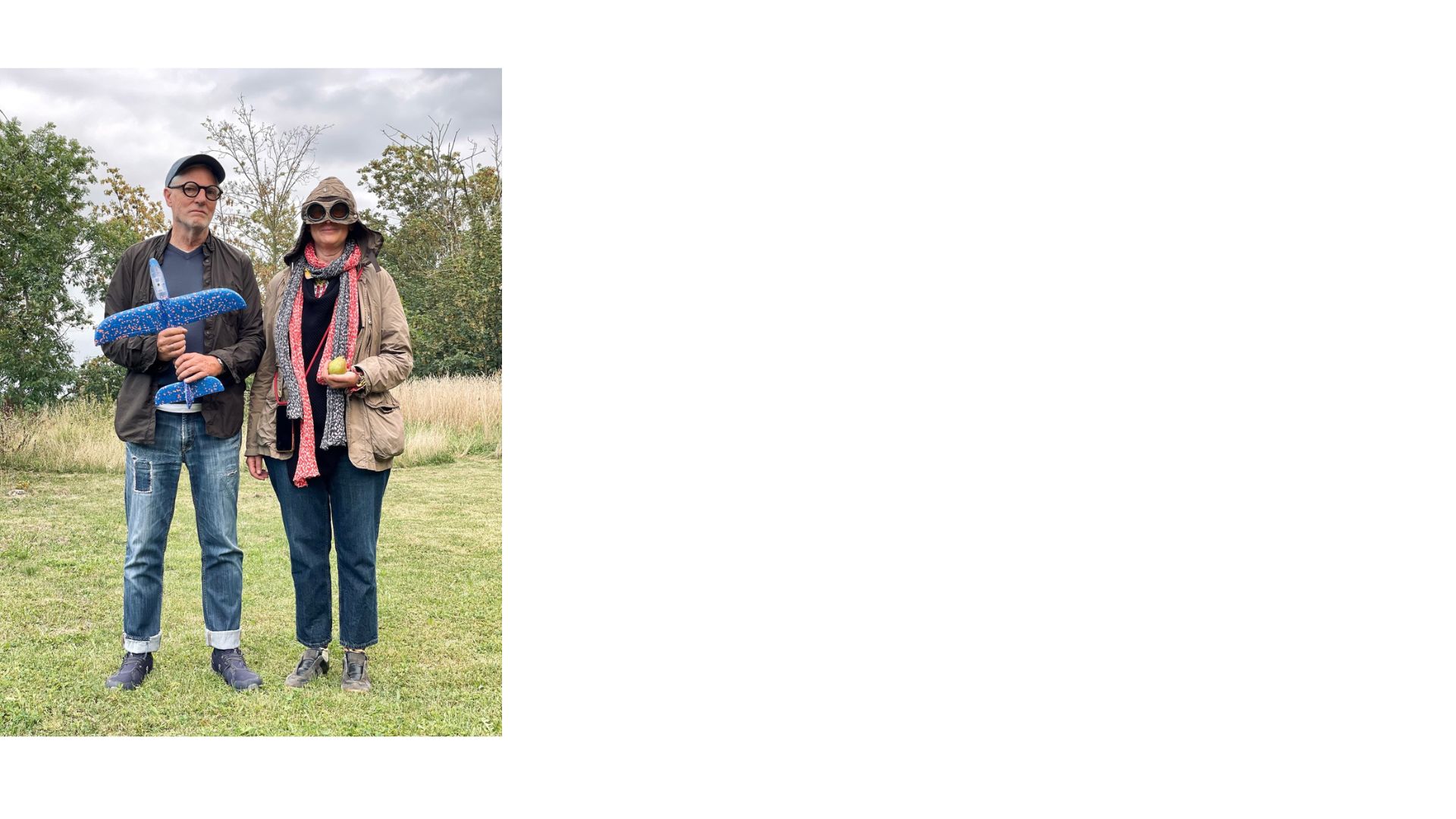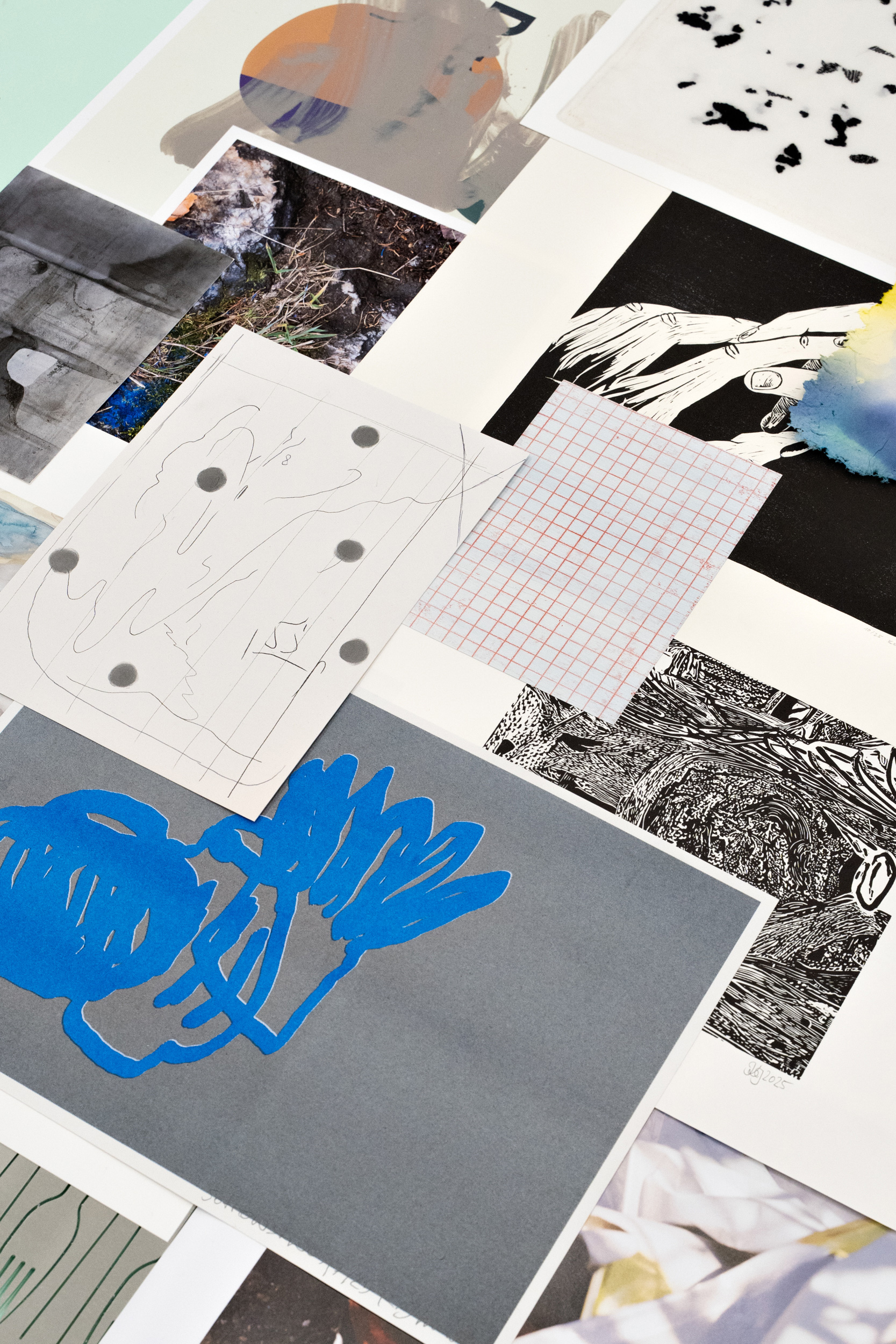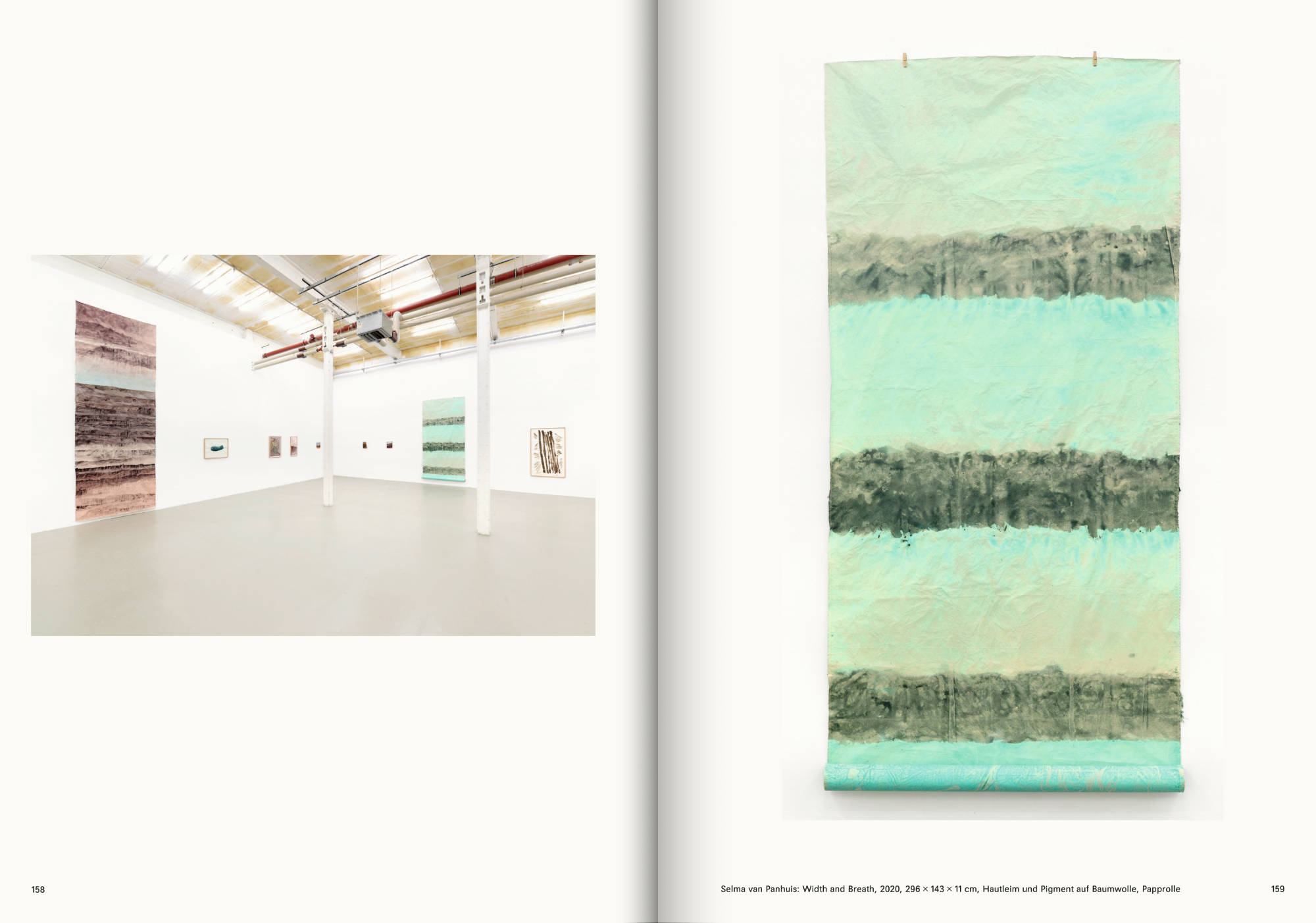- Upcoming
- Acque Basse
- Doris Frohnapfel
- 10.01 - 14.02.26
News
- Der zwölfte Monat.2025
- Katharina Immekus, Bea Meyer, Uta Koslik
- 05.12.2025 - 03.01.2026, Eröffnung am 04.12.2025 / 17 Uhr
- Heil- und Kunstraum Leipzig, Dufourstrasse 36, 04107 Leipzig
- Semper idem
- Katharina Immekus, Bea Meyer & Peter Busch
- 06. - 20.12.2025, Vernissage am 05.12.2025 / 19 Uhr
- Art Space ARS AVANTI / Alte Handelsschule
- after / the moment / before, Katalog – Signifikante Signaturen
- Anna Vovan
- Herausgeber:in Ostdeutsche Sparkassenstiftung
- Banner, Fahnen, Transparente, Freiheits- und Einheitsdenkmal
- Bea Meyer
- 2025 - 2029
- Willhelm-Leuschner Platz
- BINGO
- Christian Bär, Karoline Schneider und Anna Vovan
- 06.11.2025–31.01.2026, Vernissage am 06.11.2025 / 18 Uhr
- a&o Kunsthalle, Kunsthalle Leipzig e.V., Brandenburger Str. 2, 04103 Leipzig
-
- Our book with all exhibitions from 2019-2022








